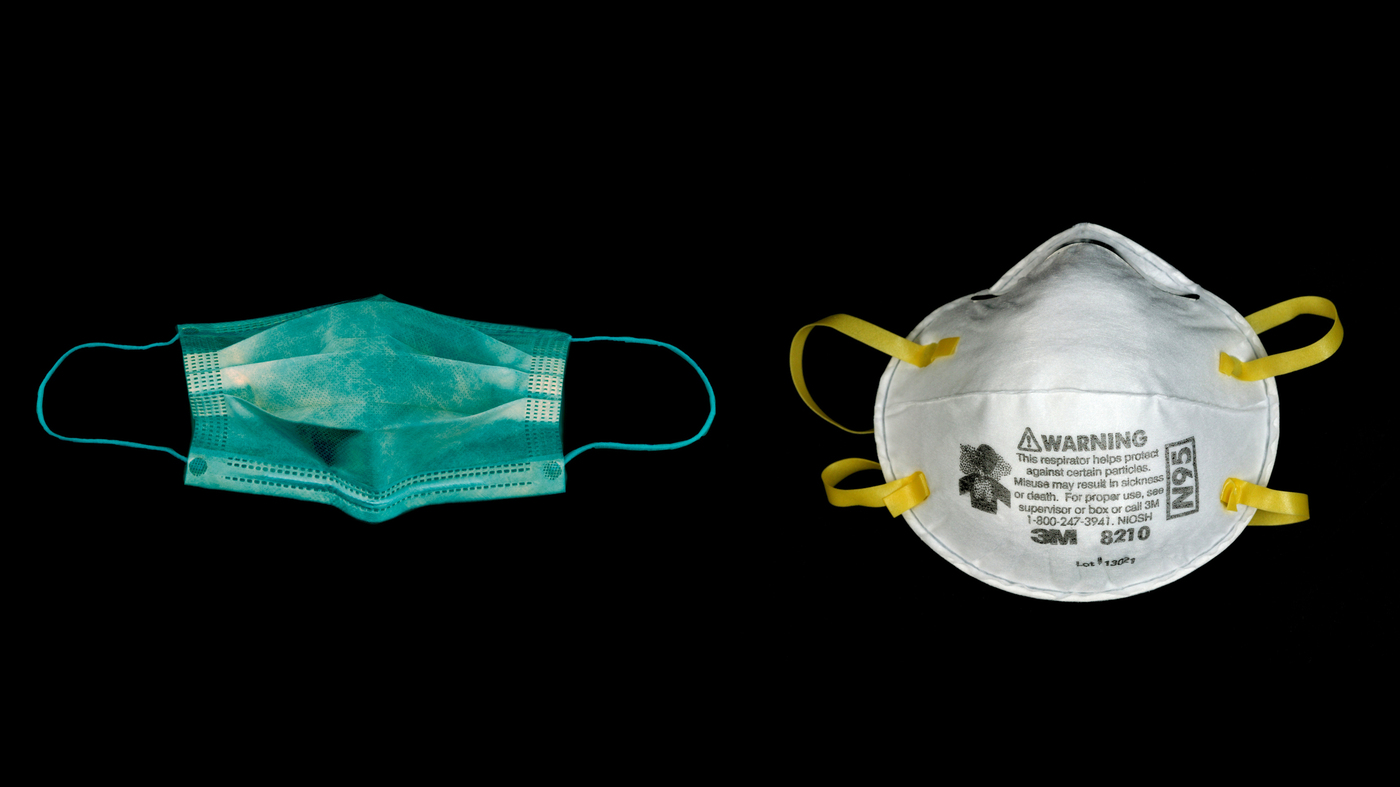Before the COVID-19 pandemic, N95 masks were mostly utilized in hospital settings as a method of achieving very effective filtration against airborne particles. However, given how the virus has changed and grown more virulent, many doctors now recommend using N95 and K95 masks to stop the infection from spreading. No of whether a person has had vaccinations, the Centers for Disease Control and Prevention (CDC) advises everyone over the age of two to wear a mask that fits properly when the COVID-19 Community Level is high.
The N95 is the industry standard for facial coverings, thus wearing one is justified. Masks that have been certified by the National Institute of Occupational Safety and Health (NIOSH) may filter up to 95% of airborne pollutants when worn properly. N95 masks have a significant impact on infection prevention while battling respiratory viruses like this coronavirus.

Studies on the effectiveness of various mask types have been conducted and are still being conducted, particularly while the epidemic persists. Consider the experiment performed in 2020 by Duke University researchers, who compared several types of masks to see which one was most successful in preventing respiratory droplets. The N95 masks had the highest droplet-blocking efficiency (99%, to be precise), when proper fit and ambient parameters were taken into consideration. The following-best mask? surgical masks, then a double-layered, cotton-polypropylene mask (a.k.a., a cloth mask).
One of the specialists that suggest improved masks is Dr. Sabrina Assoumou, an infectious disease specialist at Boston Medical Center: “We advise wearing a well-fitting, high-quality mask whenever you’re in a public space inside. With omicron and how contagious it is, I believe that we should all be switching to better masks of greater quality.”
N95, KN95, and KF94: What You Should Know
N95 KN95 masks have occasionally—and incorrectly—been used interchangeably in discussions. They seem to be comparable and both have a 95% filtering efficiency rating. What nation or entity recognized the masks’ level of quality is the fundamental distinction between the two. While KN95 masks, which the CDC states are the most readily accessible mask, are made in China and adhere to Chinese regulations, N95 masks are NIOSH-certified. In contrast to N95s and KN95s, KF94 masks have a distinctive form. They are made in Korea and adhere to Korean standards.

Due to the limited availability of N95 masks, the FDA issued emergency-use authorization (EUA) for select KN95 masks in 2020. The FDA has recently withdrawn the EUA for non-NIOSH authorized respirators, nevertheless, because of the possibility that certain KN95 masks may not necessarily exceed American requirements for filtration. Furthermore, according to the CDC, roughly 60% of KN95 respirators in the US are fake and don’t adhere to NIOSH guidelines. Due to this gap, it would be wise to only utilize respirators that have been endorsed by the CDC and NIOSH.
KN95s and KF94s could be preferred by certain individuals for regular usage outside of healthcare settings. Due to its protective multilayer structure, N95s may feel constrictive for some people. For individuals who find wearing an N95 for extended periods of time uncomfortable, a KN95 or KF94 may be a good option. For indoor public situations, Assoumou notes, “I just upgraded to utilizing more KN95s—upgrading meaning from either fabric masks or surgical masks.” KN95 or KF94 masks are useful if you can locate them since they’re a little bit comfier and more bearable.
What to know before purchasing N95 masks
When searching for an N95 mask, you may verify that it has been evaluated and complies with NIOSH requirements by checking the CDC’s list of NIOSH-approved N95 respirators. The NIOSH-approved list has been cross-referenced with each mask we designate as “NIOSH-approved.”

Wear “industrial” N95 masks, which are often available at hardware shops. Dr. Cassandra Pierre, an infectious disease expert at Boston Medical Center, explains that the FDA has increased the use of industrial respirators that are not often used in hospital settings. You should nevertheless make sure that the industrial N95 masks fit your face properly and are on the NIOSH-approved list. You can read about What you should know about wearing N95 masks by visiting http://thesweetplantain.com/what-you-should-know-about-wearing-n95-masks/
If you’re looking for N95 respirator masks for children, be aware that they are seldom ever available in children’s sizes, according to parenting staff writer Janelle Randazza. While an N95 mask may not be an option for your kids, protective KN95 or KF94 masks created for smaller faces or youngsters are an alternate answer. The NIOSH exclusively regulates items for adults. Many of them are produced by the same manufacturers as N95 masks, including Powecom and well before, and are offered for sale through dependable retailers like Bona Fide Masks and Project N95.
How to identify phony N95 masks
The likelihood of finding fake respirator masks while looking for an N95 is real, particularly with the rising demand for these masks. Jim Churchman, Duke University Health System’s vice president of procurement and supply chain, claims that counterfeit makers are getting more and more skilled. As a consequence, it is becoming harder to spot subtle differences that indicate a product is a knockoff.
These masks may feel and look like N95 masks, but they might not pass the essential tests to qualify as genuine N95s. The National Institute for Occupational Safety and Health’s testing and certification of the respirator is the key indicator to consider when evaluating authenticity (NIOSH). According to Dr. Stella Hines, an associate professor at the University of Maryland School of Medicine, “both the mask and its container should be labeled “NIOSH-approved.”
According to the CDC, some indicators of a fake respirator include misspellings of “NIOSH” or the absence of a clearance number on the headband or respirator. Additionally, N95s in particular should have headbands rather than ear loops; those that do so may be genuine KN95s or KF94s but not genuine N95s. By looking at the NIOSH-Certified Equipment List, you may confirm if a certain N95 brand or model is NIOSH-approved. Click here to read about the Use and Care of Masks.

